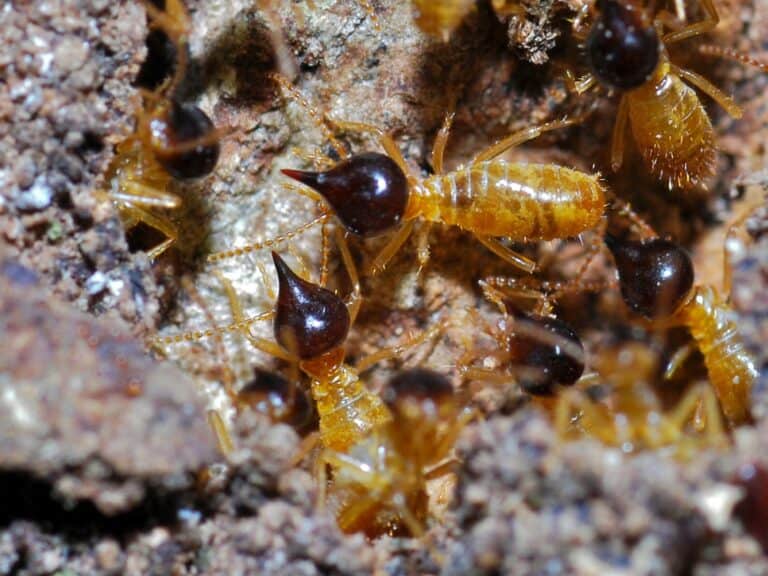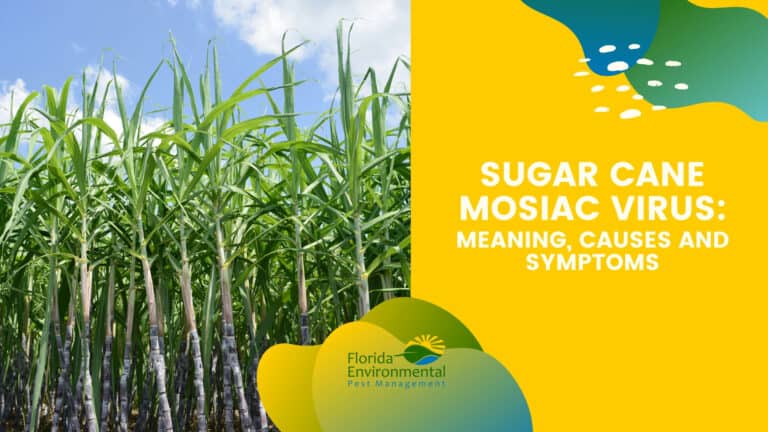Lethal Viral Necrosis Information
Appearance:
Lethal Viral Necrosis can be confused with other types of lawn diseases. One way to identify this lawn virus, is by the yellowing color on the grass blades, and a splotchy pattern that may be seen along the grass leaves.

Location and Behavior Patterns:
Due to the fact that this virus can be confused with other lawn diseases, the only way to completely identify it, is by lab testing of some sod plugs. The plugs that are collected, and sent to the lab, are typically 4-5” in depth. The Lethal Viral Necrosis lives within the sap of the grass leaves. The sap is transferred to other parts of the lawn, when freshly mowed grass leaves ooze the sap, and the sap is spread around by the wheels, or blades, of the lawn mower. This type of virus is most troublesome for the Floratam variety of St. Augustine grass. The virus can kill this type of grass, typically in three years, or less. It will also infect other types of grasses and crops, but the virus is only deadly to the specific type of St. Augustine grass. This poses a problem for some property owners in the southern Florida area, and a few other places throughout Florida.
Treatment:
There are no fungicides that have been effective at treating the Lethal Viral Necrosis. A healthy lawn environment may help to postpone the problems associated with this virus. Cleaning and sanitizing your mower, between cuts, can also be helpful. The best practice is to replace the affected Floratam variety of St. Augustine grass with a different type of grass, altogether.











